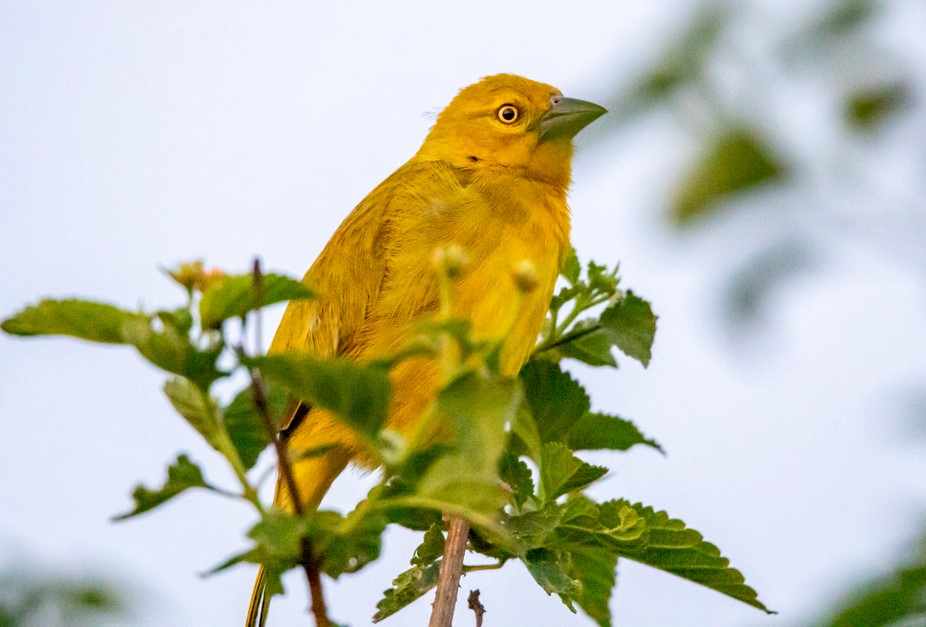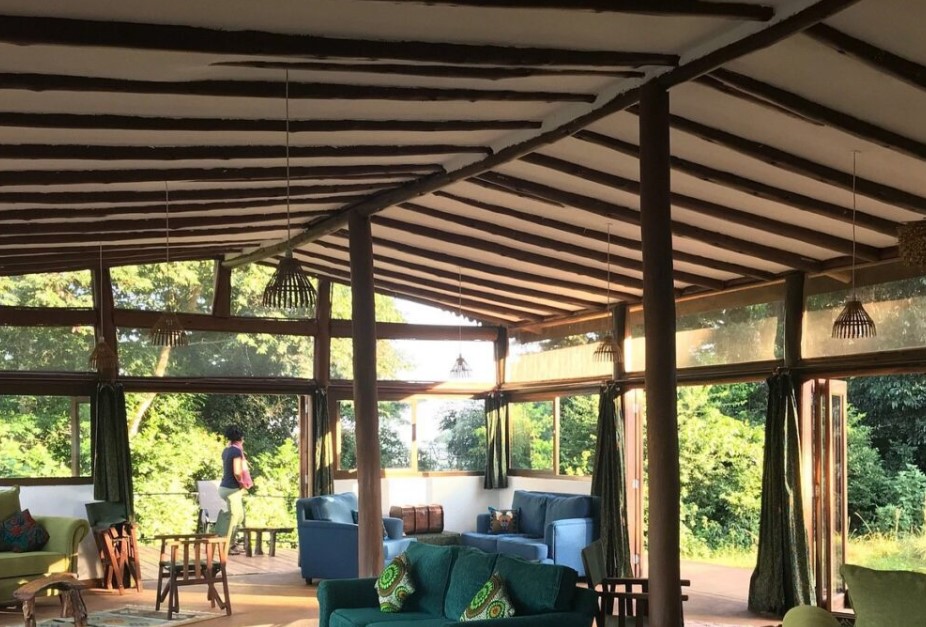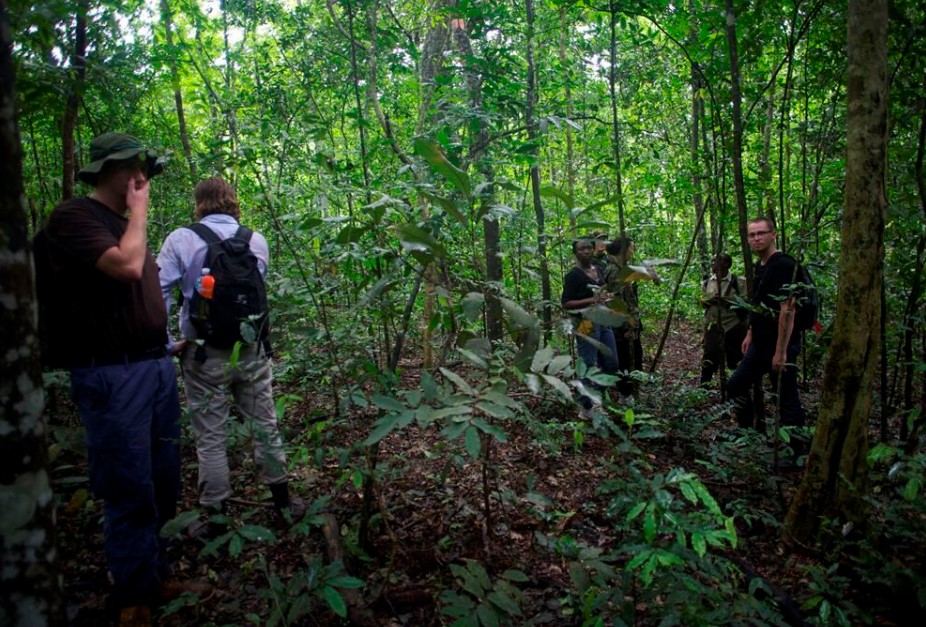
Birding in Mabamba Wetland Bay
Mabamba Wetland Bay is one of the leading birding destinations in Uganda, famous for feathered species, especially the iconic shoebill. The wetland lies on the edge of Lake Victoria, the second-largest freshwater lake in the world, located northwest of the Entebbe Peninsula. The lake covers a massive 16,500 hectares and is part of the list of wetlands of international importance as chosen by the Ramsar Convention.
This Mabamba wetland has emerged into one of the most interesting, exciting, and breathtaking sites for birding in Uganda. Unlike a few African countries such as South Sudan, Rwanda, Zambia, and others with small portions of Shoebill sites, Mabamba wetland is the only place in Africa that guarantees 90% sighting of the rare Shoebill (Balaeniceps rex).
The wetland is home to other rare species such as the Papyrus Gonolek; approximately 38% of the global population of the Blue Swallow resides here, and other birds of global conservation concern also find refuge in this wetland. Apart from birding in Mabamba Wetland, rare plant species like Scadoxus can be found in this wetland environment.
Mabamba Swamp is a famous destination for its famous shoebill, one of the rare and captivating bird species. Expect to have a canoe ride through the undistracted wetland’s narrow water passages, encircled by the lush papyrus vegetation cover.
Keep your eyes out for the giant and stunning Shoebill species along with other unique species such as the Yellow-throated Greenbul, Vieillot’s Black Weaver, Swamp Flycatcher, Yellow-breasted Apalis, Weyn’s Weaver, Papyrus Yellow Warbler, Village Weaver, Brown-throated Wattle-eye, Grey-capped Warbler, Splendid Starling, and Lesser Striped Swallow, among others.
Birding in Mabamba Wetland Bay
In order to catch up with the early morning traffic, our safari driver guide will pick you up early in the morning from your hotel or accommodation in Entebbe or Kampala. Head southwards for about an hour via the Nakawuka-Kasanje road to reach Mabamba Wetland Bay on Lake Victoria, the third largest lake in the world. At Mabamba, you will join a local guide for a traditional canoe ride traversing through the papyrus as you explore the narrow water channels looking out for the elusive Shoebill Stork and other stunning bird species.
Birds to See in Mabamba Wetland
During birdwatching you will have a guided excursion with the site guide, providing essential birding information and locations in the wetland. There are plenty of chances for you to witness different bird species in the area, including the wintertime migratory birds from Europe, which occur mainly between November and April. Besides the Shoebill, other bird species to see include the Long-tailed Cormorant, Spur-winged Goose, Angola Swallow, Swamp Flycatcher, Grosbeak Weaver, Yellow-rumped Tinkerbird, Grey-rumped Swallow, Olive-bellied Sunbird, Madagascar Bee-eater, Blue-breasted Bee-eater, Little Stint, African Fish Eagle, African Jacana, White-faced Whistling-Duck, Glossy Ibis, Yellow-billed Duck, Malachite Kingfisher, Grey-headed Gull, Spur-winged Lapwing, Black-winged Stilt, Sooty Chat, Wayne’s Weaver, Hamerkop, White-winged Tern, Knob-billed Duck, and Great Cormorant, among others.
After the Mabamba Wetland birding experience, you may also transfer to the Mpanga Central Forest Reserve, home to a variety of bird species and several primates, such as monkeys like colobus monkeys and red-tailed monkeys, plant species, and beautiful butterflies.
Best time to visit Mabamba Wetland
Mabamba Ramsar Site can be visited throughout the year, especially by visitors who find it conducive for them depending on their business schedule and travel season. Some months seem to be performing better than others; however, the best time to visit Mabamba Wetland is during the dry season months, which run from June to early September and December to February. These months are conducive for excellent shoebill sightings and swamp navigation as well due to low water levels. This bird species can best be seen during morning or evening, sunrise or sunset hours. During these morning hours, birds are more active and easily seen due to the comfortability of the weather.
Accommodation in Mabamba Wetland Includes
The wetland offers accommodation facilities, especially to visitors who wish to spend a night or even more during birdwatching and other activities, such as Mabamba Lodge, Nkima Forest Lodge, and several lodging facilities within Entebbe Town.
Conclusion
Mabamba Wetland stands out as one of Africa’s leading birdwatching destinations, famous for the elusive Shoebill Storks, which have attracted many visitors in the country, specifically birders and nature lovers, to come and witness this whale-shaped and dinosaur-structured bird species with its shoe-like bill, hence the name “shoebill.” This generally contributes to the country’s foreign exchange earnings in line with supporting Uganda’s tourism industry.







